Rivers Being Poisoned

Diversions of Central Valley rivers, especially in the Sacramento Valley, have gotten so bad that what’s left is becoming deadly to native fish and wildlife, including salmon. The leftover water still works for growing almonds and hay but the natural qualities of the river are lost. Low, warm, flows have given rise to blooms of toxic parasites that attack baby salmon in the river, at great cost. C. Shasta is the worst of the pathogens and is getting much more prevalent in the low warm flows that are becoming too common in the Sacramento and Feather rivers. C.Shasta has long been known to plague the Klamath River where federal regulations now require upstream water managers to release flushing pulses of water to dilute spore when counts get too high. Now that C. Shasta is known to similarly infect the Sacramento and Feather rivers, diluting pulses would greatly help. According to reports, in at least one year, half of the baby salmon captured on the upper Feather for counting were lost to disease at the next counting station, 14 miles downstream, due to C.Shasta. GSSA president John McManus pointed this out when testifying at the November 4 hearing of the State Legislature’s Joint Committee on Fisheries and Aquaculture. McManus suggested the legislature consider whether this pathogen in the Feather River, caused by flow restrictions at the Oroville Dam, a state facility, warrants additional mitigation obligations of the state Dept. of Water Resources, the operator of Oroville. To date, DWR pays no penalty for causing this disease outbreak that is killing salmon.
In addition, non-native predator fish, that do great in the lakes of the south east US, are gaining the upper hand in what’s left of the river, which is rapidly becoming little more than a canal for the big water users.
GSSA Testifies Before State Legislature
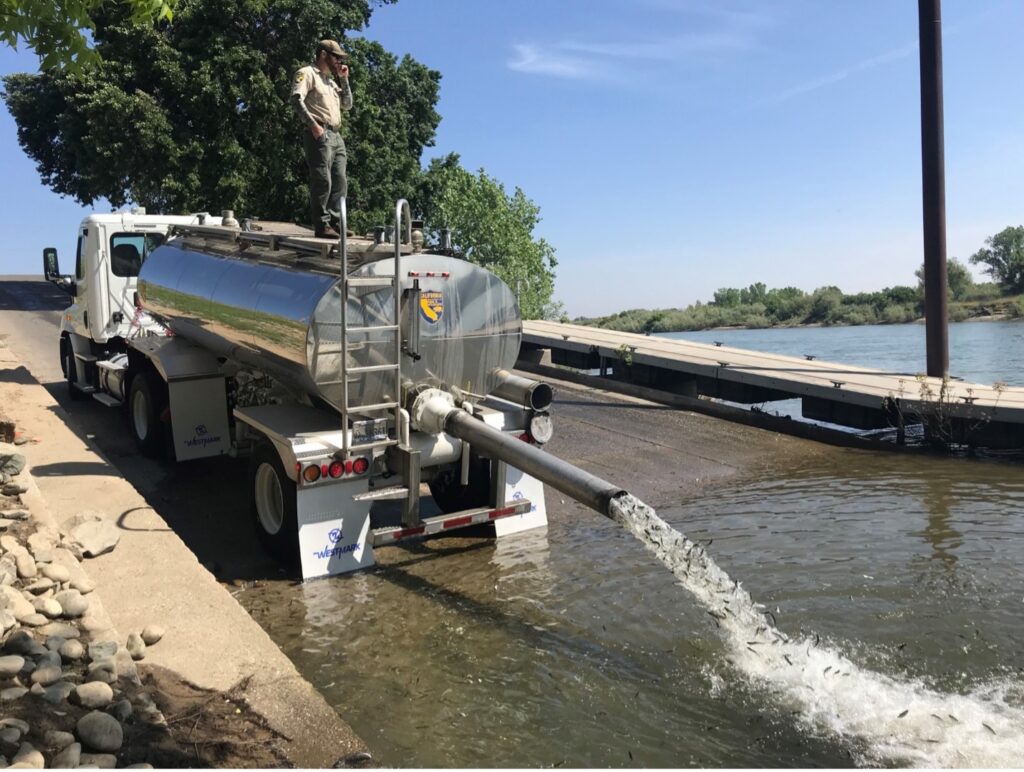
GSSA president John McManus covered many topics in testimony to the November 4 hearing of the State Legislature’s Joint Committee on Fisheries and Aquaculture. GSSA talked about the need of the CA Dept. of Fish and Wildlife to work with the State Water Resources Control Board to assure adequate flows in Butte Creek next spring to get the few surviving spring run salmon safely downstream after the massive fish kill of springers this past summer due to hot water. GSSA also asked the Joint Committee to request that CDFW report on losses of fall run caused by the hot water throughout the Sacramento Basin this year. GSSA then pivoted to explaining the C. Shasta problem on the Feather River (see above). We then suggested that the annual release of one million fall run Feather River hatchery salmon into the Feather River be stopped or at least greatly reduced due to the high losses these fish suffer. Until about five years ago, these fish were trucked to the bay where they survived and contributed to the fishery at much higher levels. Testimony then moved to an explanation of the work GSSA is doing with the USFWS at Coleman in the two million surplus fry program.
Tagged Salmon Tell An Interesting Story

GSSA has released a summary of the 2019 Coded Wire Tag report created by CDFW which you can read here. This report reconstructs the Central Valley salmon population that existed in 2019, the most recent year CDFW has compiled data on. The findings are eye opening. We see that Feather River hatchery salmon released at Sausalito near the Golden Gate Bridge survived at twice the rate as those released just 35 miles away in San Pablo Bay near Vallejo. We see that because of the unusually wet spring of 2017, when the 2019 adults were babies on their way out of the Central Valley to the ocean, they survived in much higher rates that years before or since. We see that Nimbus Hatchery fish released at Vallejo did very well which makes one wonder, how much more would they contribute to the fisheries if they were also released closer to the Golden Gate Bridge. There are many other interesting tidbits tucked away in the CDFW report we try to summarize in our paper which can be found here.
Another key takeaway: Feather River fish released into the Feather River are generally lost in all but the wettest years.
Plans To Operate Delta Tunnels Getting Worse
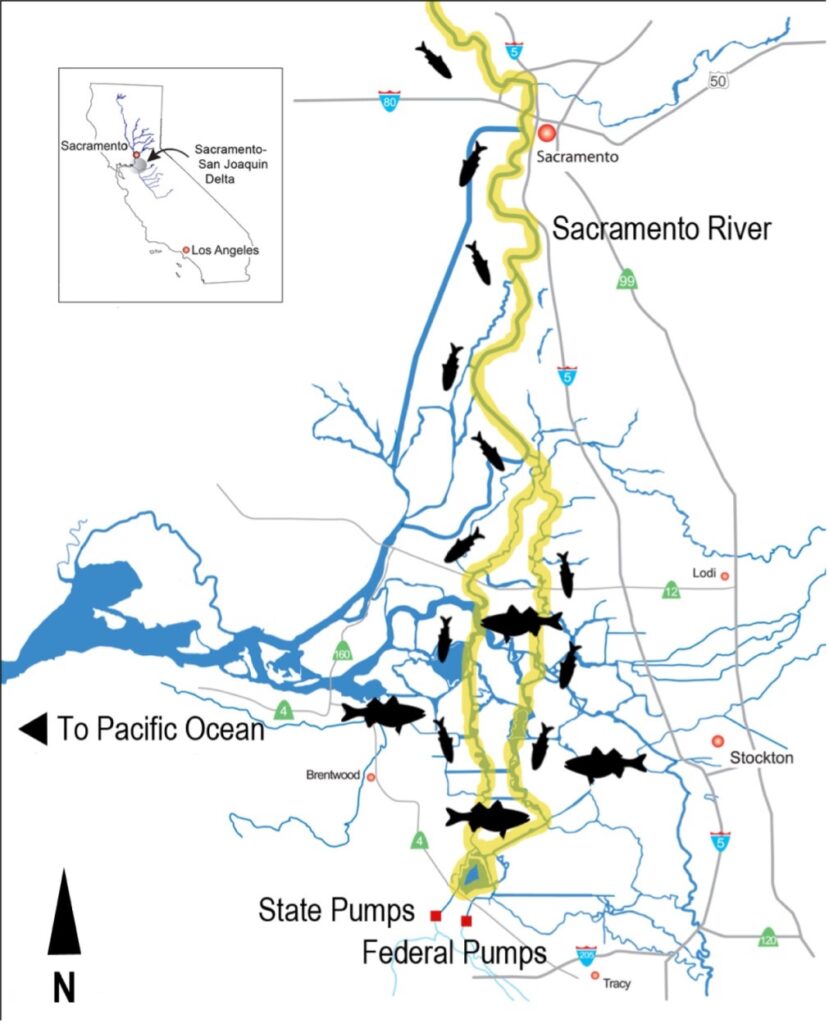
GSSA has joined allies in a letter to the Dept. of Water Resources warning that new proposed operation plans for the Delta Tunnel are considerably more environmentally damaging than their last proposal. It’s hard to believe, especially in light of the toll drought and water mismanagement are taking on the state’s salmon runs, but the state is actually proposing to run the tunnel in ways far worse for salmon.
How does this happen? One guess is that the engineer types that come up with this stuff are divorced from the environmental compliance types in the group. No doubt the water districts that get their water from the State Water Project have an inordinate amount of influence and are pushing for max water deliveries, no matter the environmental cost. Maybe asking for huge water exports known to wipe out salmon is just an opening negotiating ploy. Whatever the case, the changes are so extreme that it’s hard to imagine they’d ultimately hold up to a court challenge.
Federal View of Central Valley Fall Run May Be Shifting

Reports suggest NMFS may be changing its view about the Central Valley fall run salmon and may be getting closer to recognizing Central Valley salmon as one big stock of hatchery fish. The 2017 salmon returns, where 88 percent of the adult fall run that returned to the Central Valley were hatchery fish, was the highest recorded percentage of hatchery fish since the state started its tagging program.
These fish were from brood year 2014, smack in the middle of the last really bad drought. The wild ones, and some from the Coleman hatchery, attempted to migrate out of the Central Valley in the very dry, warm spring of 2015. Most were lost, leaving the trucked hatchery fish as the main survivors in the 2017 returns.
Returns to the American River in the 2019 CWT report show that 94 percent of those fish were hatchery fish.
State officials fear this lopsided effect will be even more pronounced in 2024 because of the expected very high losses of natural spawned baby salmon we should expect next spring, coupled with state plans to truck all hatchery fish.
Salmon Eggs Dying in Hot Water

We wrote plenty after the National Marine Fisheries Service and others told us to expect water temperatures in the Sacramento River spawning grounds too hot for salmon. It happened. As predicted, water temps in the upper Sac stayed way above the needed 55 degrees all through October and much of November. Interestingly, by mid-November, while water coming out of Shasta Dam was still in the 59 degree range, that same water cooled to a tolerable 55 degrees 28 miles downstream, though only for a day following a very wet rain storm. That 59 degree water coming out of Shasta Dam forced managers of the Livinston Stone winter run hatchery at the base of Shasta Dam to bring in massive diesel powered refrigeration units to keep hatchery water cool enough.
Battle Creek and Clear Creek, two major salmon-bearing tributaries to the upper Sacramento River, both ran at about 55 degrees through October into November. No one should be surprised to eventually learn that many returning adult fish to the upper Sacramento Basin “strayed” up into these cooler watersheds. This is what happened in the last big drought in 2014 when Clear Creek filled with adult fall run looking for suitable water to lay their eggs in.
SFPUC Gets Whacked, Twice For Poor Stewardship of Salmon in the Tuolumne River
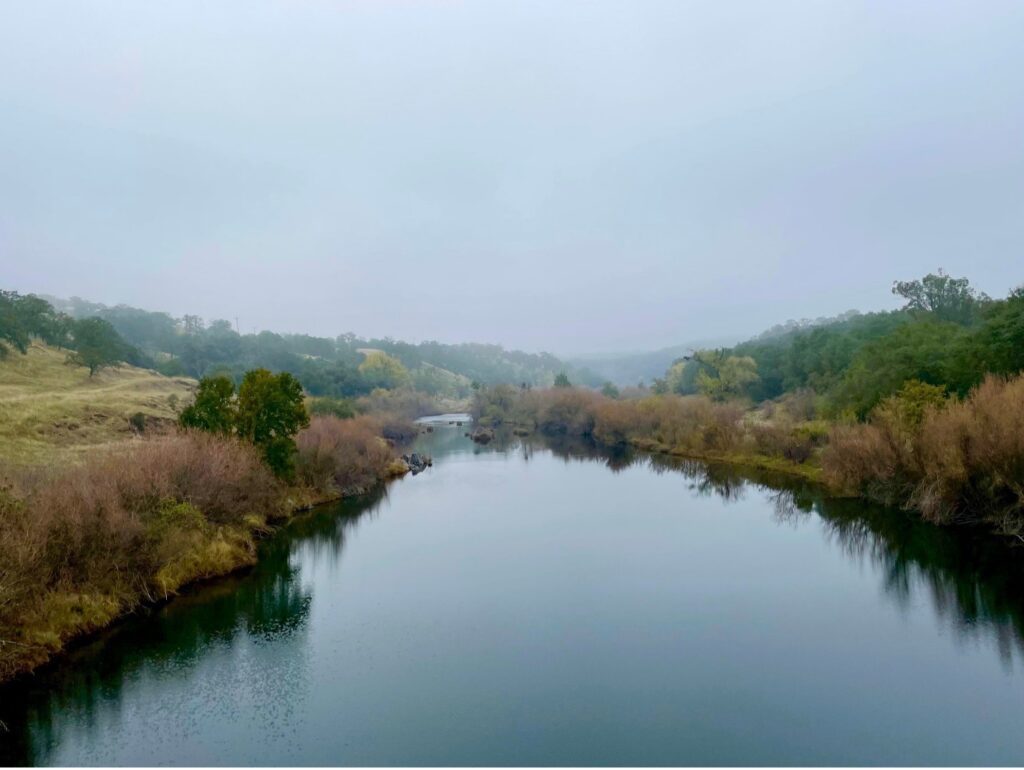
In October the state told the San Francisco Public Utilities Commission (SFPUC) and other water diverters that time is up for them to come up with a voluntary solution to fix the environmental damage they’re doing on the Tuolumne River and that the state will now step in.
Salmon runs in the Tuolumne, and the San Joaquin River it flows into, are a fraction of what they were even several decades ago. Huge outbreaks of toxic blue green algae now regularly plague Delta cities and towns like Stockton, Brentwood and others as a result of the excessive upstream diversions.
On November 14 the SF Chronicle ran an editorial criticizing the SFPUC for being called to task by the state. The Chronicle went on to say what’s needed is less consumption by households on the peninsula, which have a much higher per capita usage, coupled with development of more water recycling. New SFPUC general manager Dennis Herrera has an opportunity to turn things around and finally bring the SFPUC into alignment with San Francisco’s environmental values, something it is currently operating far from. But so far, SF Mayor London Breed has shown little engagement or enthusiasm for correcting the environmentally destructive practices of the SFPUC. In the meantime, salmon and the environment suffer. GSSA and allies have an ongoing radio ad campaign aimed at educating San Franciscans to the environmental damage being done by the agency that supplies their water in hopes they’ll demand reform and make the Tuolumne a lot friendlier for salmon.
April Santa Rosa Dinner Coming
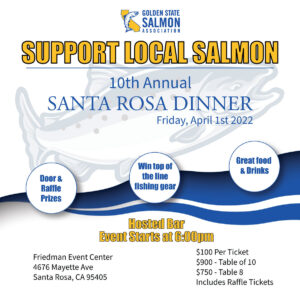
Mark your calendars for April 1 when we’ll resume real live events with our 10th annual Santa Rosa fundraising dinner after a two-year forced shutdown. We’ll be back at the Freidman Center with all the incredible raffle and auction prizes you’re used to, and some new ones. The food will be great, as always. So will the comradery for a good cause so reserve the date, tickets will be available soon.
Volunteers Needed!
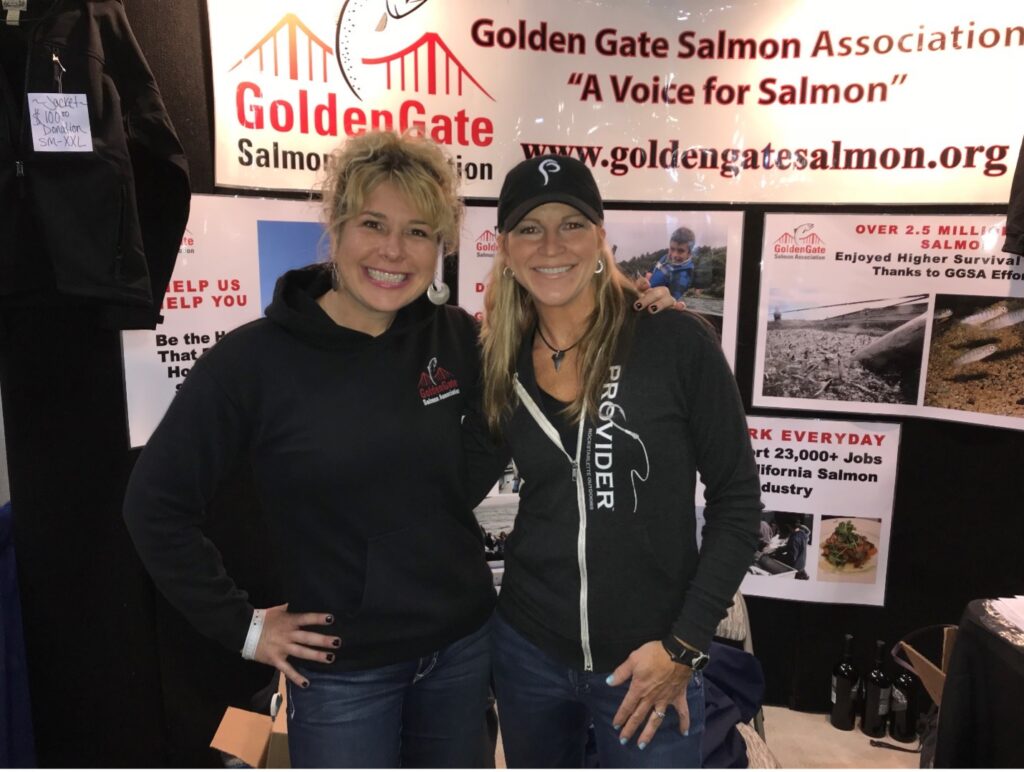
GSSA is putting out a call for help from volunteers. We know we’ll need help manning the booth at the Sacramento International Sportsmens Expo in January 20 to 23. We’ll also need some extra hands to do a variety of tasks at our April 1 Santa Rosa dinner and at our likely Feb/March crab feed in the west Marin town of Tomales. Let us know by calling 855-251-4472 or emailing info@goldenstatesalmon.org. Thanks!
